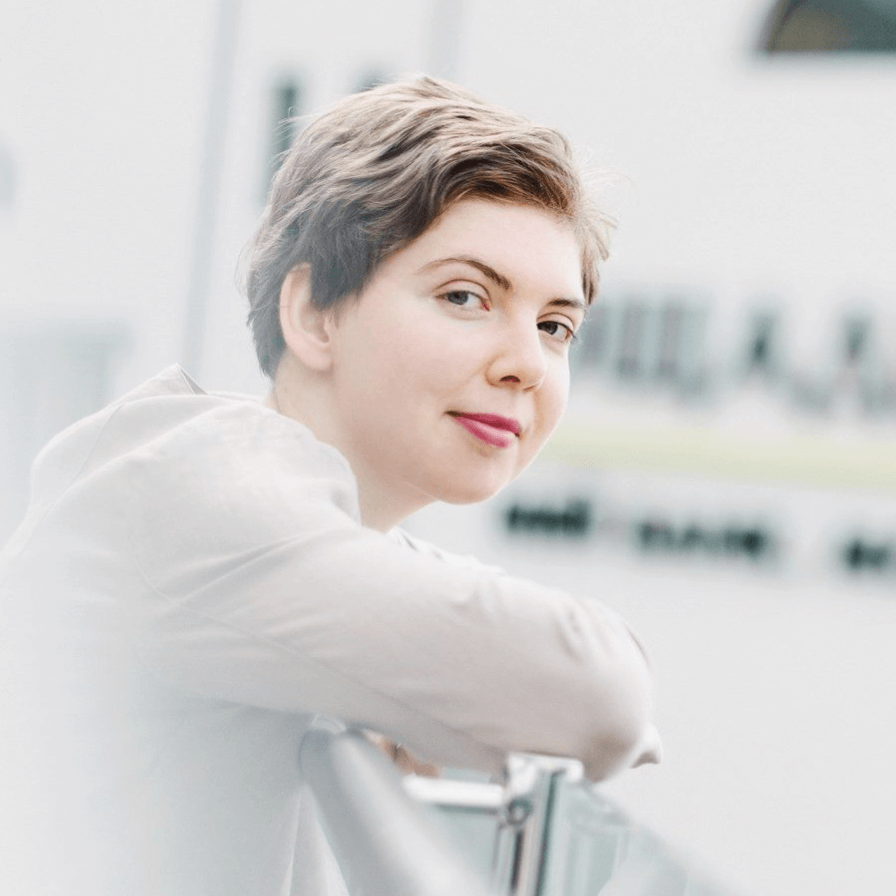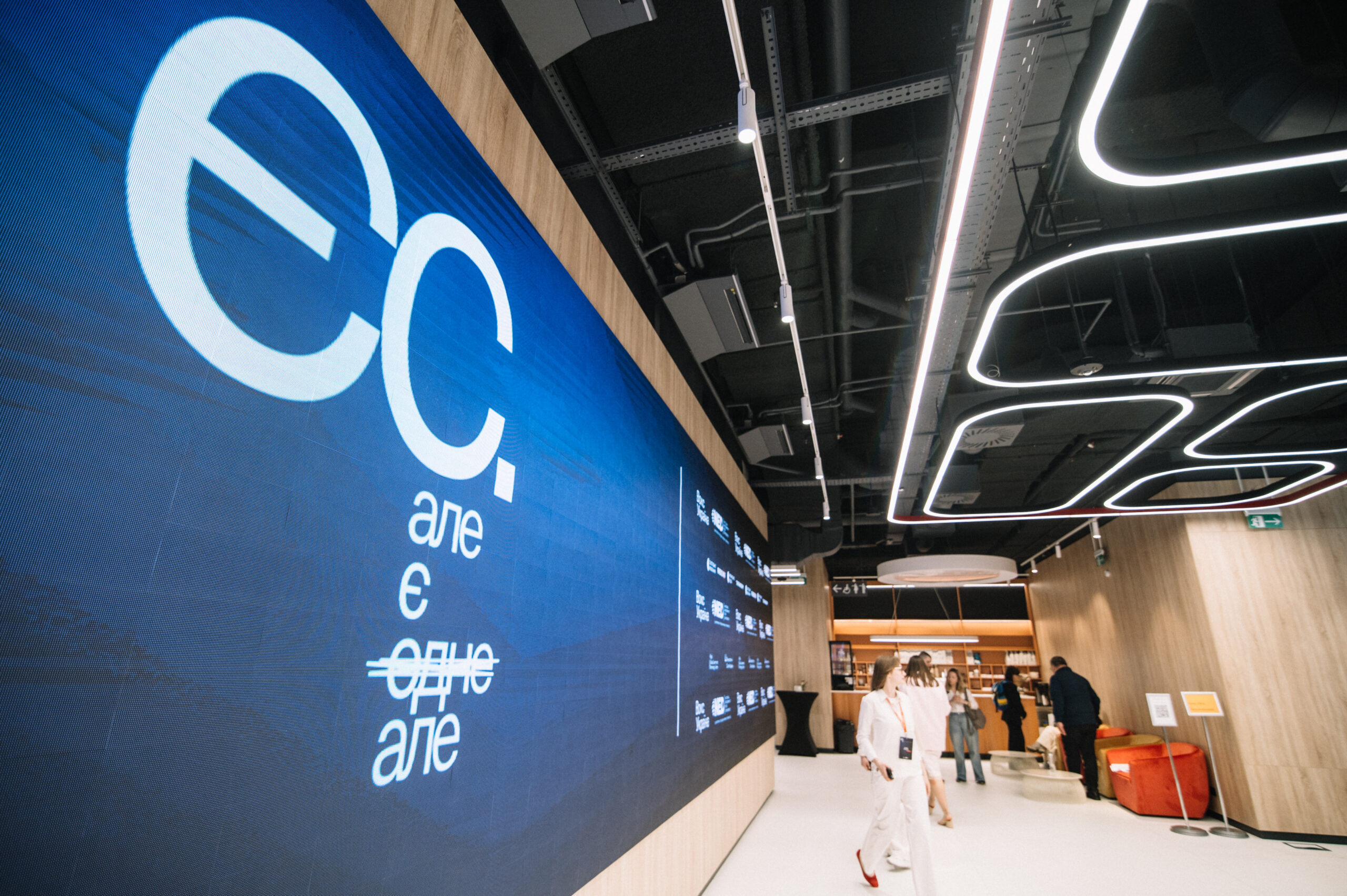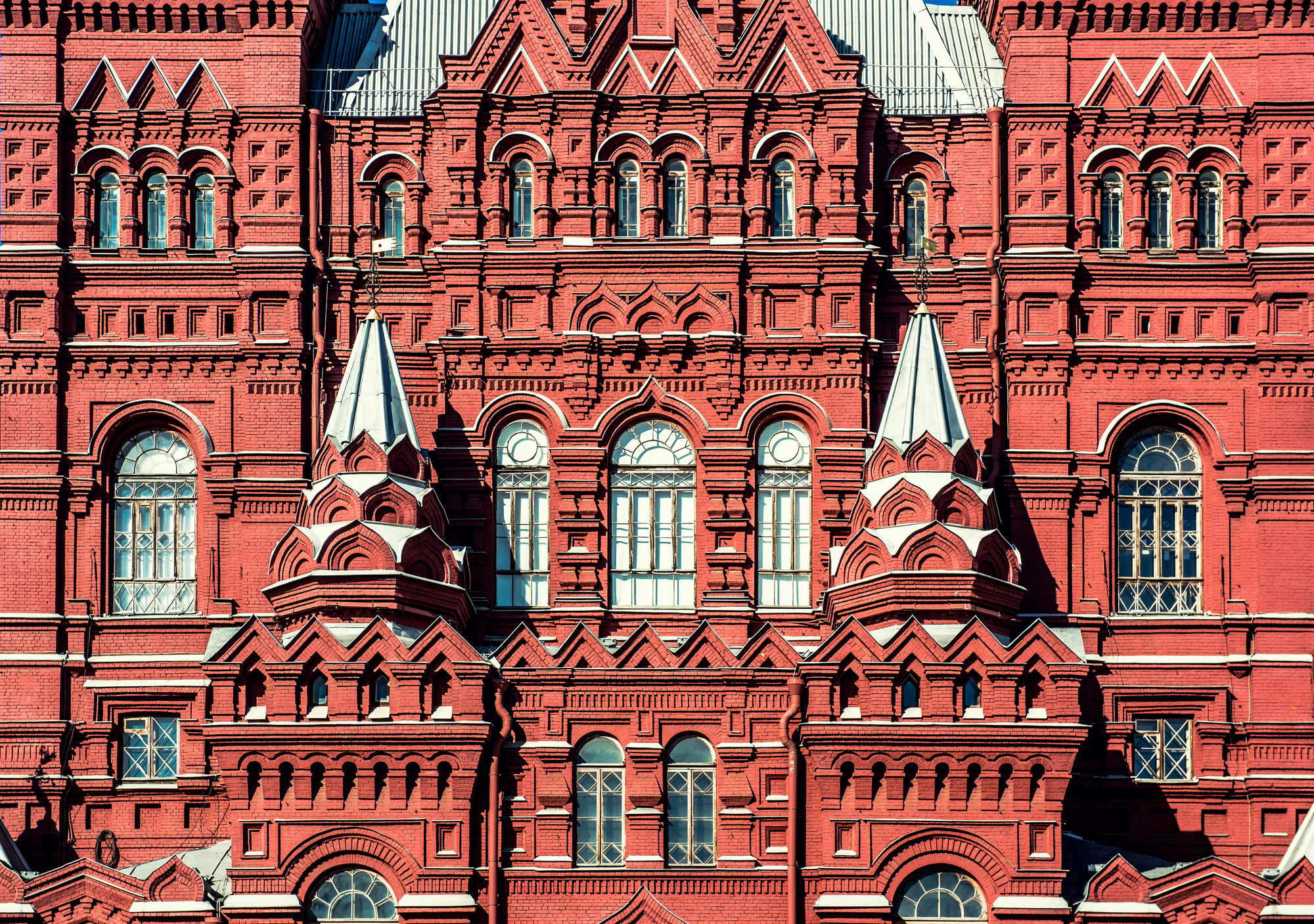“In Ukraine, most of the investment goes not on building or complete rehabilitation of infrastructure, but on its current repair.” – Svyatoslav Abramov, Executive Director of the CoST Initiative.
Since November, VoxUkraine in partnership with the local media has been holding 12 online meetings with communities of different Ukrainian cities on important topics of local self-government. The last twelfth meeting was with the Zaporizhzhia community with support of the Zaporizhzhia Investigation Center (ZIC) about the problem of a large long-term constructions, how it can be solved and what is happening with The Great Building program in Zaporizhzhia.
Svyatoslav Abramov, Executive Director of the CoST Initiative, Daryna Marchak, Head of the Public Finance Analysis Center of the Kyiv School of Economics, and Kateryna Rozhdestvenska, journalist of the Zaporizhzhia Investigation Center, took part in the discussion.
The discussion was moderated by Yulia Mincheva, VoxUkraine project leader.
You can watch the recording of the discussion following the link.
The main conclusions. Ukraine spent on roads more than ever – almost UAH 140 billion in 2020. The most was spent on the current average repairs – its cost per 1 km of road has doubled. The Zaporizhzhia Bridge is one of the brightest Ukrainian long-term buildings. The total cost of this project is over UAH 20 billion, about UAH 9 billion has been invested so far, but it is unknown when the building will be completed. The problems, that cause the long-term buildings, are imperfect budget planning (reduction of capital expenditure in case of budget shortfall) and gaps of political governance – when political ambition exceeds the budget resource.
More expensive but is it of higher quality? Great building and roads
The largest budget was in 2020, probably for the whole history of the road industry. It was the beginning of Svyatoslav Abramov’s speech. He is from the CoST Initiative, that oversees the questions of transparency and accountability during the building or renovation of infrastructure facilities.
He stressed that in 2020, the structures subordinated to Ukravtodor and the Road Service committed to the opening of the road season carefully and in proper time. Second, the most part of the concluded contracts worth UAH 118 billion concerned current average repairs, i.e. repairs that do not require necessary preparation of project documentation, technical supervision and, accordingly, facility commissioning with the commission of the State Building Inspection.
“With the current average repairs, the average lifetime of the road is 5 years, most of the roads are repaired in such a way, and this is traditional for Ukraine. And 2020 wasn’t an exception”.
However, the share of major repairs has increased by 11% compared to 2019. Abramov also noted that the cost of 1 km of current average repairs has almost doubled. Ukravtodor explains that the reason of it is the using of the best technologies, but still there are questions.
“Current average repair is a kind of “a gray zone” of statutory regulation, that complicates real monitoring and control”.
As Abramov noted, in 2020 Ukravtodor began to purchase technical supervision services at open tenders in Zaporizhzhia. That’s about 122 procedures for a large number of objects. The largest contract is a technical inspection on the Zaporizhzhia bridge worth UAH 290 million. This is a good example, but according to CoST’s calculations, the procedure could be performed better.
“The political will of Ukravtodor’s management was fulfilled, but it is still important to work at the quality of these procurements, because there are cases when even international engineering companies cannot participate in these procurements under the terms of tenders.”
Read also: Great building: what is happening with road repairs (in Ukrainian)
How the Zaporizhzhia bridge turned into a “lemon”
Daryna Marchak, head of the Public Finance Analysis Center at the Kyiv School of Economics, continued the Zaporizhzhia Bridge theme – “this is a classic example of how we shouldn’t do”. She says that the financing of the Zaporizhzhia Bridge was first opened in 2003. According to the Center’s estimates, more than UAH 9 billion measured in 2019 UAH have already been spent on this building. “This amount of money is comparable, for example, to the building of a bridge in San Francisco, this is the well-known Golden Gate. But for some reason we still don’t have our own, and instead there is an unfinished building that can’t be used”. The problem is that if the budget is not fulfilled, it is the capital expenditures that are the first to be reduced. “If you have an unfinished year and you were unable to make all your work, then the next year you “get a bitter lemon” – you don’t have that money anymore”. The feasibility study (FS) is also becoming out-of-date and it needs to be revised. The technical documentation for Zaporizhzhia Bridge was revised several times, but the building was not completed.
Marchak notes there is the same story with the building of Vector complex, Podilskyi Bridge, Ohmatdyt.
“It is necessary to make a difficult decision and introduce some mechanism of limit policy about the funds, if you have unfinished capital building projects for previous years. This requires changes in both consciousness and legislation”.
She added that the Center found neither up-to-date technical documentation, nor comprehensive information about how much money is still needed to complete the Zaporizhzhia Bridge building, nor a joint reporting form from all the sources about how much has already been spent on it.
Kateryna Rozhdestvenska, journalist of Zaporizhzhia Investigation Center, told there was really a problem with transparency and access to data in the city. As an example, she told about discrepancy between the number of Great building facilities on the website of the regional state administration (24 facilities) and on the official website of Great building (much more facilities). “It is not clear why exactly these objects, it is not clear how much money was spent on them, it is not clear how many has already been built and how much more will be”.
We thank Tetyana Berezhnaya, Alina Tropynina and Sofiya Lazarova, VoxCheck interns, for their help in preparing the article.
The event was organized within the framework of the ENGAGE Program, funded by the United States Agency for International Development (USAID) and implemented by the Pact in Ukraine. The content of this event is the sole responsibility of Pact and its partners and does not necessary reflect the views of the United States Agency for International Development (USAID) or the United States Government.
Attention
The author doesn`t work for, consult to, own shares in or receive funding from any company or organization that would benefit from this article, and have no relevant affiliations



